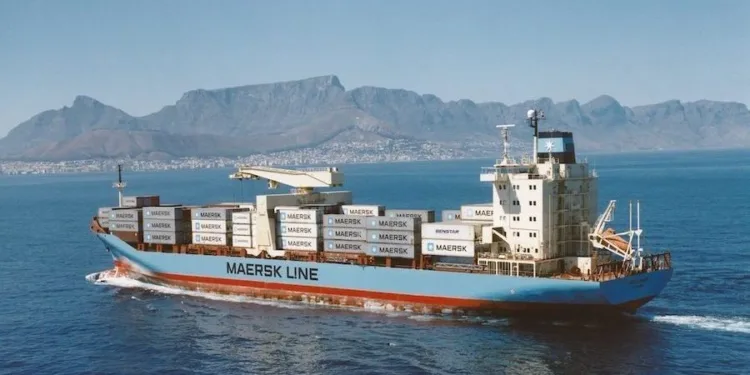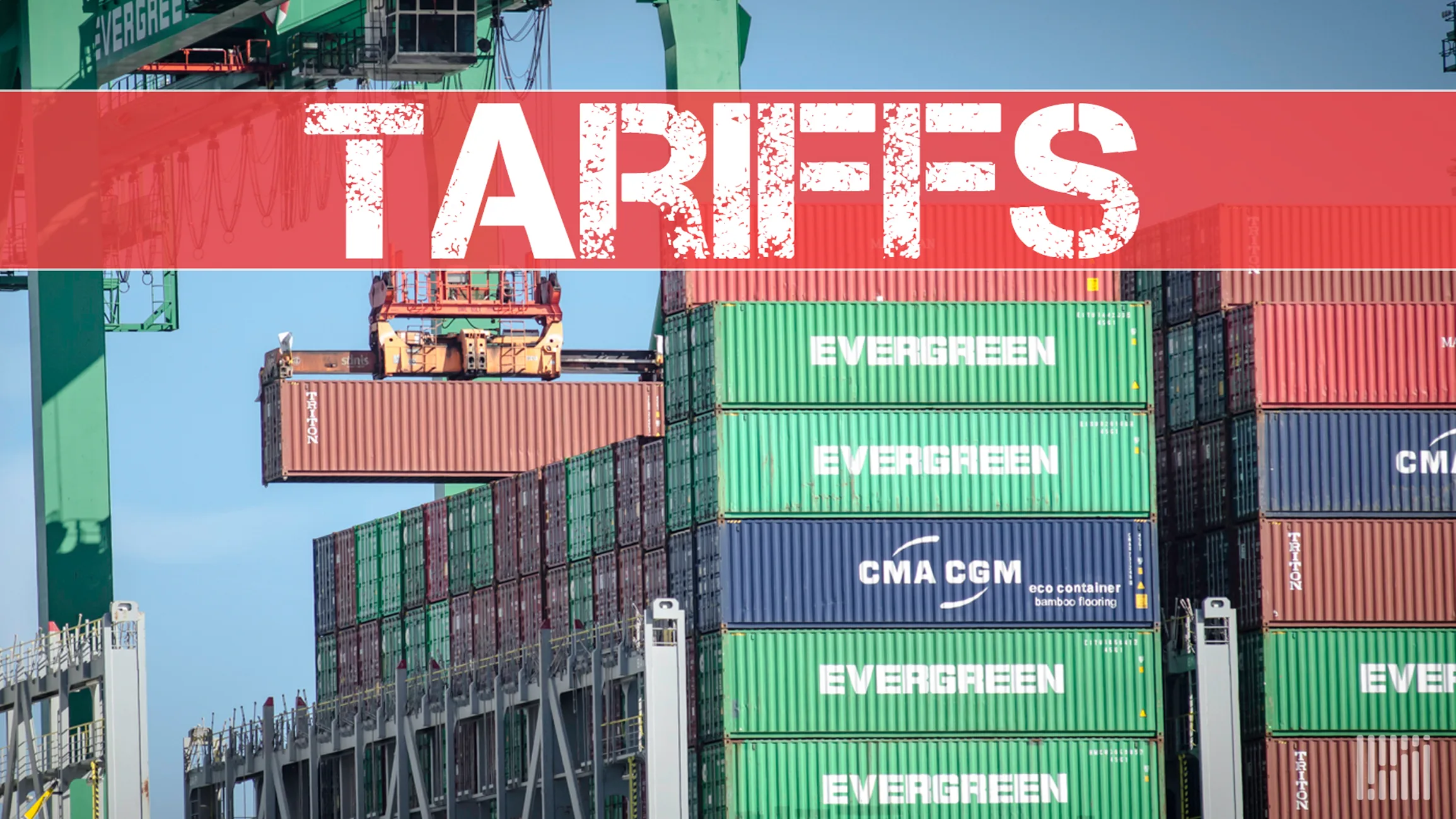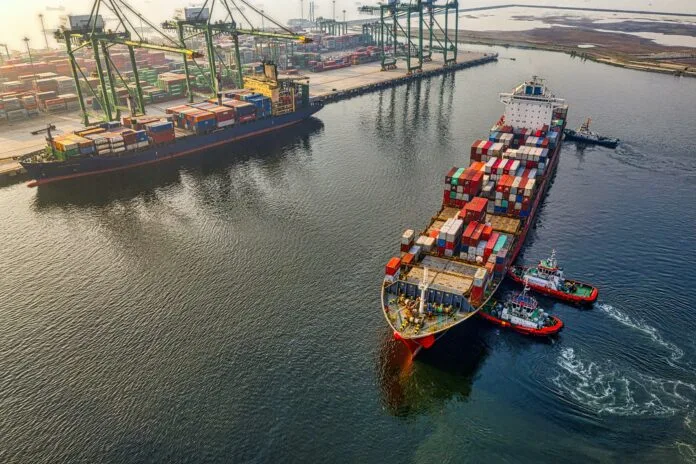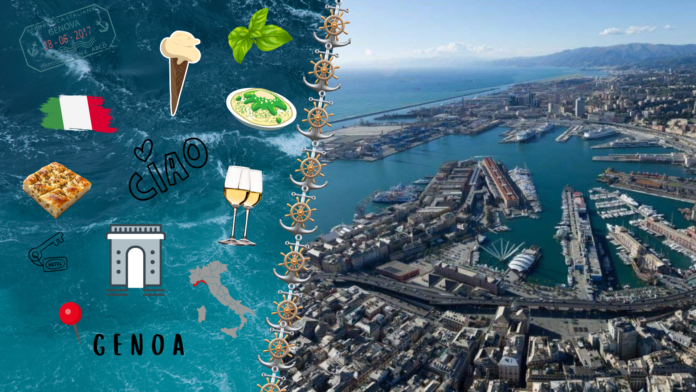Maersk has climbed the ranks of the intra-Asia trades to challenge the tradelane’s leader COSCO, according to new data compiled by Alphaliner.
The Danish carrier has added an extra 100,000 teu in capacity into the intra-Asia trades over the past 12 months, container shipping’s busiest area, whereby it now stands just a couple of thousand slots behind China’s COSCO.
Maersk’s Gemini Cooperation partner, Hapag-Lloyd, also grew significantly, almost doubling its August 2024 capacity.
“The main driver for the substantial growth of both carriers is the formation of the Gemini Cooperation, which saw the lines operate significantly more regional shuttles in Asia, to cater to its ‘hub and spoke’ concept,” Alphaliner explained in its latest weekly report.
In terms of percentage increase, Singapore-based Pacific International Lines (PIL) topped the league with a 116% increase in capacity.
Measured in teu, the regional web of sailings between China, Japan, Korea, ASEAN, and the Indian subcontinent that make up the hugely competitive intra-Asia trades is the single largest container shipping market in the world — bigger than the transpacific, bigger than Asia–Europe, and still growing.
Estimates peg the intra-Asia market at more than 60m teu annually, compared to 25m–30m teu on the transpacific and 24m–26m teu between Asia and Europe.
Looking ahead, intra-Asia is only set to grow. ASEAN’s combined GDP is forecast to outpace global averages, India is becoming a bigger manufacturing and consumption node, and China’s shifting role as both exporter and importer will add to the churn. Analysts project volumes could hit 80m teu within the next decade.



















